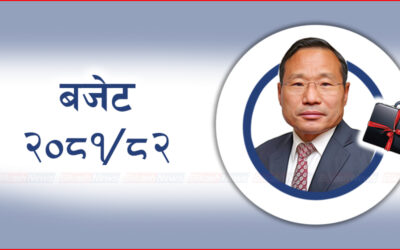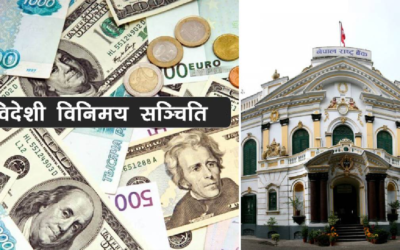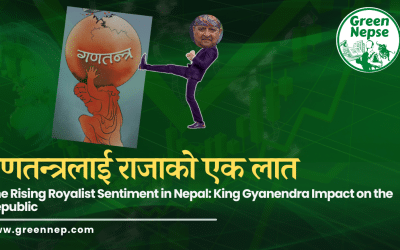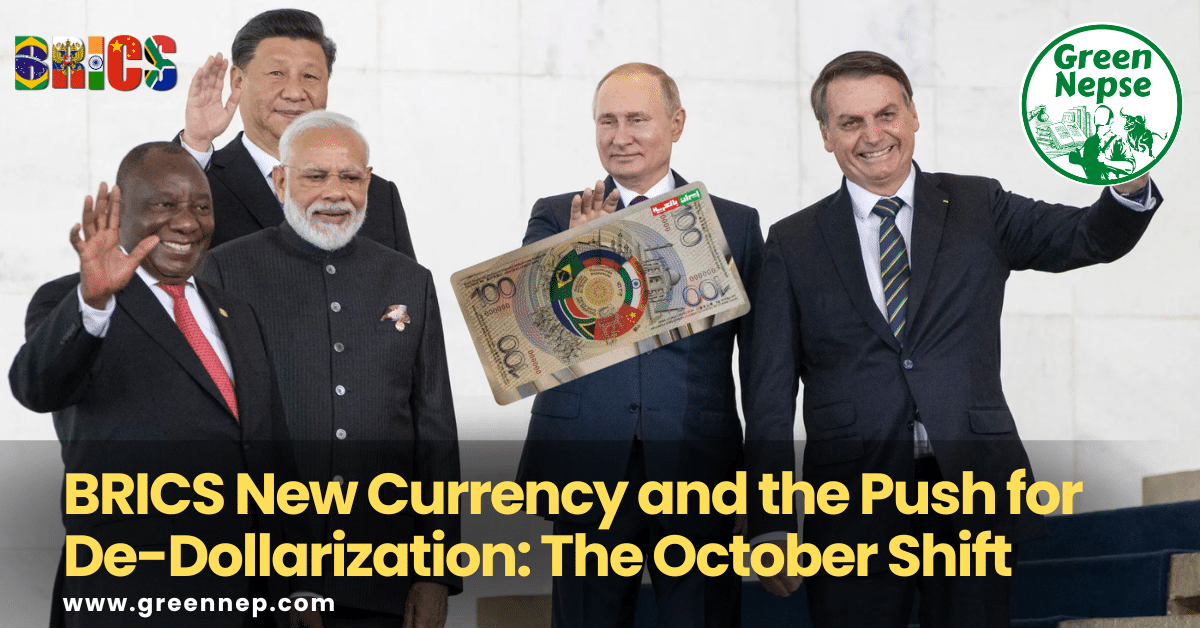The Rising Royalist Sentiment in Nepal: King Gyanendra Impact on the Republic
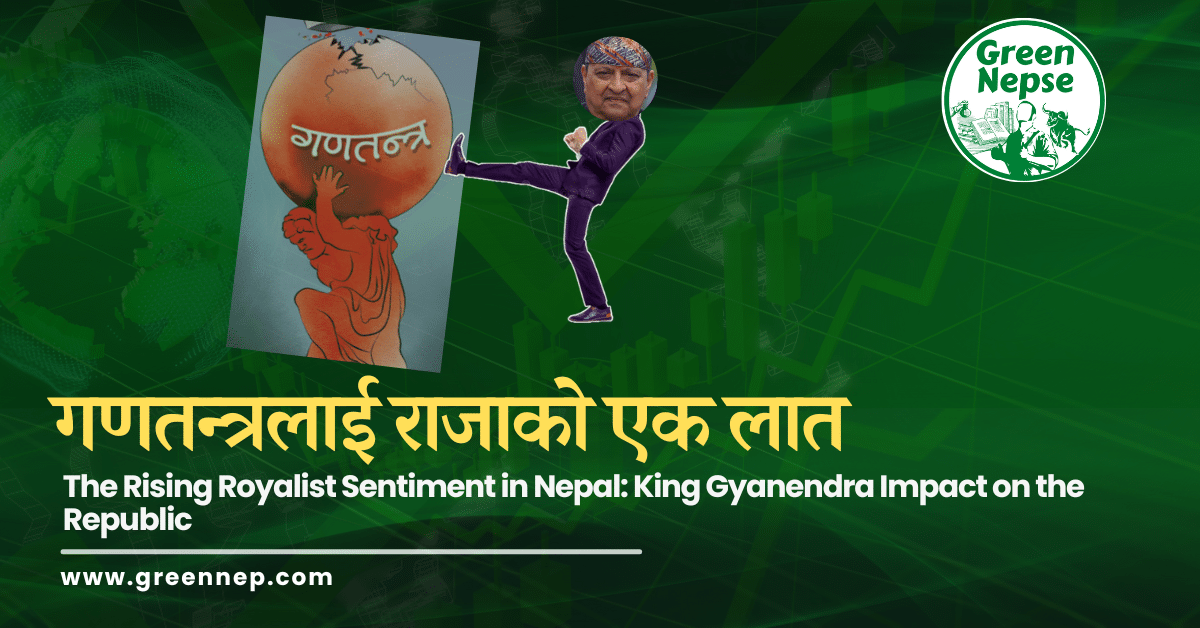
The return of former King Gyanendra Shah to Kathmandu has sparked a wave of royalist enthusiasm, with thousands of supporters gathering to welcome him. The event has taken over social media, with many praising his presence and calling for his reinstatement. This has raised serious questions about the stability of Nepal’s current republican system and the government’s ability to address growing dissatisfaction among the people.

The Political Implications of the King’s Entry
Former King Gyanendra’s arrival in Kathmandu via a Summit Air charter flight was met with grand celebrations by royalist supporters. Key figures, including Rastriya Prajatantra Party (RPP) leaders Rajendra Lingden and Kamal Thapa, along with activist Durga Prasai, were present at the airport to welcome him. The rally escorting him to Nirmal Niwas resonated with slogans like “Raja Aau, Desh Bachau” (Come King, Save the Nation), emphasizing the rising discontent with the existing government.
This event has created ripples in Nepal’s political landscape. The government, formed by a coalition including the Nepali Congress and led by Prime Minister KP Sharma Oli, has struggled to meet public expectations. Despite holding almost a two-thirds majority, the administration has been unable to ensure good governance, development, and international support, leading to a surge in royalist sentiments.
Why Is the Government Losing Ground?
Several factors contribute to the government’s declining popularity:
- Resurgence of Royalists – The enthusiastic reception of King Gyanendra suggests that a significant portion of the population is reconsidering the monarchy as an alternative to the current political system.
- Opposition Movements – The major opposition parties have increased their protests, capitalizing on public dissatisfaction.
- India’s Indifference – Nepal’s relationship with its southern neighbor, India, has weakened, leading to diplomatic and economic concerns.
- Reduction in International Aid – The suspension of USAID funding has further strained Nepal’s economic progress and governmental initiatives.
- Policy Missteps – The government’s failure to address pressing economic and social issues has resulted in widespread frustration.

The King’s Strategic Moves
King Gyanendra’s recent actions indicate a more strategic approach toward reviving monarchy-led governance. On Falgun 07, Nepal’s Democracy Day, he released a video message seeking public support. This rare move suggests he is actively engaging with citizens and assessing the possibility of a stronger political comeback.
Additionally, unlike his usual routine of traveling and returning to his residence in Nagarjun, this time, his visit appears more politically significant. The scale of public support and the dissatisfaction with the government have fueled speculations about his next steps. Some analysts predict that he may aim to replace the President while maintaining a democratic framework under a constitutional monarchy.

The Future of Nepal’s Republic
As Nepal witnesses growing discontent with its political system, the possibility of a shift in governance cannot be dismissed. The monarchy might not return in its previous form, but a new political order incorporating royalist influences could emerge. The coming months will be crucial in determining whether the monarchy regains power or if the republic can stabilize itself amid rising challenges.
For now, the government must take this resurgence of royalist sentiment seriously and work towards addressing public grievances. If it fails to do so, Nepal’s political future could take an unexpected turn, with history repeating itself in an altered form.


